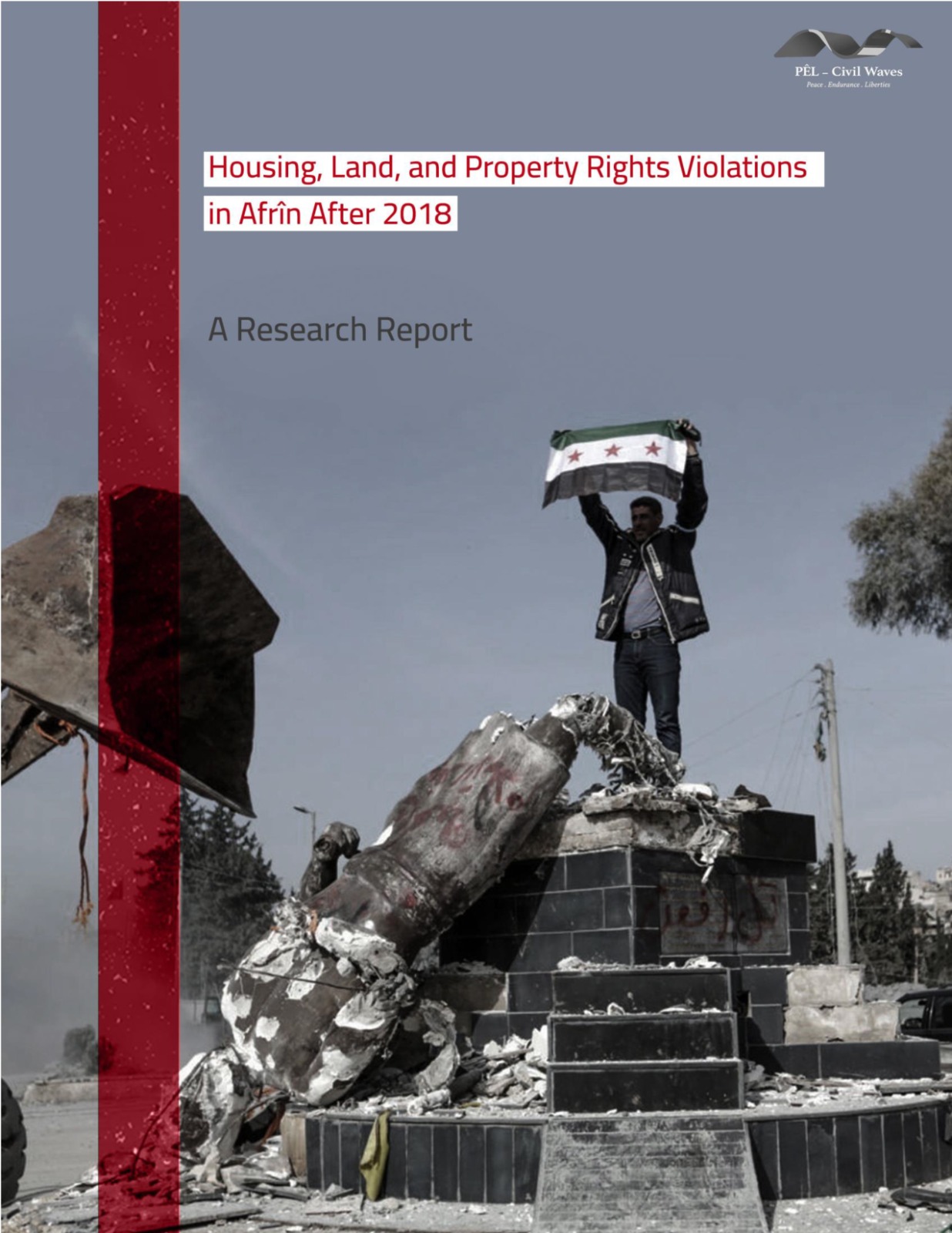This joint report builds on 40 testimonies and statements collected between March and May 2023 on gross human rights violations in the Afrin region in the extreme northwest of Syria.
The testimonies were collected in the aftermath of the February 2023 earthquake, obtained from quake survivors and affected civilians from the region, which was a hotspot for recurrent and large-scale violations during and after the humanitarian response to the tremors. Notably, the reporting period also coincided with the anniversary of Türkiye’s control of the region, which has been under the direct military rule of the Turkish military and several Syrian armed opposition groups for the past five years.
The testimonies indicate that several armed groups of the Syrian National Army (SNA), which Türkiye backs, were involved in the violations documented in this report. However, certain groups’ names appeared more frequently than others. These are the al-Hamza/al-Hamzat Division, the Sultan Murad Division, the Sham Legion/Faylaq al-Sham, the Levant Front/al-Jabha al-Shamiya, the Eastern Army/Jaysh al-Sharqiya, the Ahrar al-Sharqiya/Free Men of the East, the Elite Army/Jaysh al-Nukhba-Northern Sector, Nour al-Din al-Zenki Movement, and the Military Police, in addition to the Turkish Intelligence, cited as a perpetrator in cases of torture and ill-treatment.
Moreover, one segment of the testimonies—provided by people hailing from almost all of Afrin’s[1] districts—revealed that the perpetrators used two alleged charges as a pretext to arrest and torture several Kurdish locals, seize the properties of others, and deny them access to their homes and lands. These two charges are working with the Autonomous Administration of North and East Syria (AANES), which controlled the area up to 2018, and membership in the Kurdistan Workers’ Party (PKK).
Notably, the charge of working with the AANES poses a threat to a large percentage of Afrin’s residents. This risk arises from the fact that the AANES, during their multiple-year control of the region, were a de facto authority and the population’s only choice to manage their daily affairs and process essential transactions. The community in Afrin had to engage with the AANES departments to obtain authorizations and identification documents, access healthcare and education, or land jobs, such as teaching within AANES-administered schools or universities or working within their institutions.
[1] The Afrin region includes seven districts: Bulbul, Rajo, Sharran, Maabatli/Mabeta, Shaykh Al Hadid/Şiyê, and Jindires, in addition to Afrin. According to unofficial statistics, the population of Afrin is estimated at 800,000 people. A large segment of Afrin’s Kurds lives in the Ashrafiyeh and Sheikh Maqsoud neighborhoods in Aleppo. Only 9,000 Arabs reside in the region, making up less than 2% of Afrin’s population.
To read more, go to the link:
Investigative Study on Violations Against Kurds and Yazidis in Northern Syria




